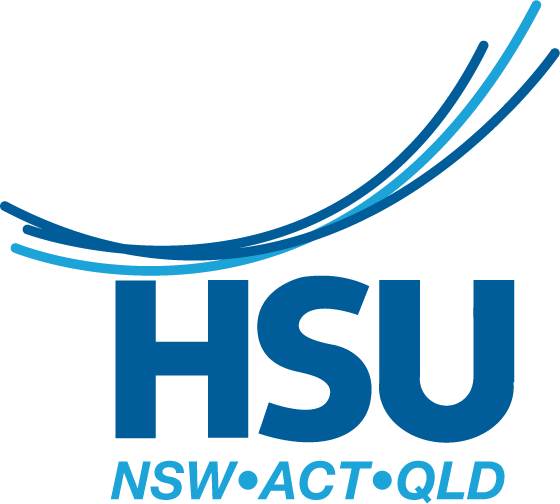Sydney hospital reviews ambulance death after man’s cardiac arrest treated in car park
-
Published May 2, 2022
Sydney Morning Herald, 2 May 2022
A major Sydney hospital is reviewing the circumstances of the death of a man who died on an ambulance stretcher after waiting an hour for a bed in the emergency department, as enormous demand takes its toll on the health system after two Omicron waves.
Concord Hospital, in the city’s inner west, is reviewing the death of a palliative care patient who arrived at the hospital late in the afternoon on April 14.
The man went into cardiac arrest in an ambulance after paramedics were “unable to offload” the patient who had been waiting 60 minutes for a hospital bed, according to a handover email sent by a NSW Ambulance operations manager to staff.
Chronic hospital bed and staff shortages, compounded with soaring triple zero calls, have caused NSW Ambulance to hit its highest crisis level multiple times in April. The network reached “status three” – where demand outstrips ambulance availability – at least three times last week.
Ambulances are now routinely ramped outside Sydney’s biggest hospitals waiting for hours to offload seriously ill patients.
The Herald understands that, despite paramedics escalating concerns to hospital staff that the patient was deteriorating, they were forced to treat the cardiac arrest in the hospital car park.
“Despite escalation from the crew [paramedics were] unable to offload,” the email said.
According to emails seen by the Herald, some patients arriving at St George, St Vincent’s and Prince of Wales hospitals last Thursday waited more than three hours in ambulances.
NSW’s latest hospital report card shows that almost 20 per cent of patients arriving by ambulance to emergency departments between October and December last year failed to be transferred into the care of emergency department staff within 30 minutes. It was the second-worst result for any quarter in the past decade.
Concerns about delays offloading patients has featured as part of the latest industrial negotiations between health unions and the government.
One NSW Ambulance manager, who spoke on the condition of anonymity, said the situation was “groundhog day with bed block”, which is when hospitals are so clogged with patients they do not have enough beds and ambulances are forced to wait with patients at emergency.
A senior nurse, who has worked at Concord Hospital for a decade and spoke anonymously, said staff were under “extraordinary pressure” due to scarcity of experienced nurses.
“We live frightened we will end up in a situation where something goes badly wrong. We are sliding towards the edge. I don’t see it turning around at this stage,” the nurse said.
In a statement, a spokesperson for Sydney local health district said the district “expressed its sincere condolences to the family of a man who died”.
“His condition deteriorated and he passed away prior to admission to hospital. The hospital is reviewing the circumstances surrounding the case.”
A spokesperson from NSW Ambulance said that on top of recent waves of COVID-19 stretching services, the community returning to pre-pandemic life had seen “an increase in car accidents, assaults, falls and other activity related call-outs”.
“In the month of April, NSW Ambulance was at status 3 for a total of 16 hours and workforce surge plans were immediately enacted to address the extremely high demand during those periods,” the spokesperson said.
Earlier this month a man died after waiting more than three hours for admission into an emergency department at a hospital in Victoria, and a woman suffered a suspected heart attack at a Western Australian hospital last week after being left in the care of paramedics for three hours.
Four regional hospitals in Victoria and one in NSW have been forced to declare internal emergencies in recent weeks due to staff shortages.
NSW Health Minister Brad Hazzard said emergency departments “around the country are still under massive pressure” after the latest COVID-19 waves.
“We need to work with whoever is in government federally to ensure more people who need a doctor end up at a GP rather than in an emergency room,” Mr Hazzard said.
Former secretary of the federal Department of Health, Stephen Duckett, said a deadlock over health funding had left health systems across Australia in crisis, with ambulance ramping worsening as hospitals struggle to admit a surge of unwell patients.
“The Commonwealth should be doing split 50-50 funding for a minimum of the next 18 months,” Duckett said. “But no major party has committed beyond September on a fair funding arrangement.”
The NSW government is in discussions with the Health Services Union, whose members joined work stoppages last month, to boost the number of paramedics employed across NSW.
“COVID-19 has put enormous additional pressure on the ambulance system. NSW has hired an additional 750 paramedics over the past three years. But the reality is pressure continues to build on health systems around in the country,” Hazzard said.
HSU secretary Gerard Hayes said NSW “needs to hire an additional 2000 paramedics to be able to meet demand”.
